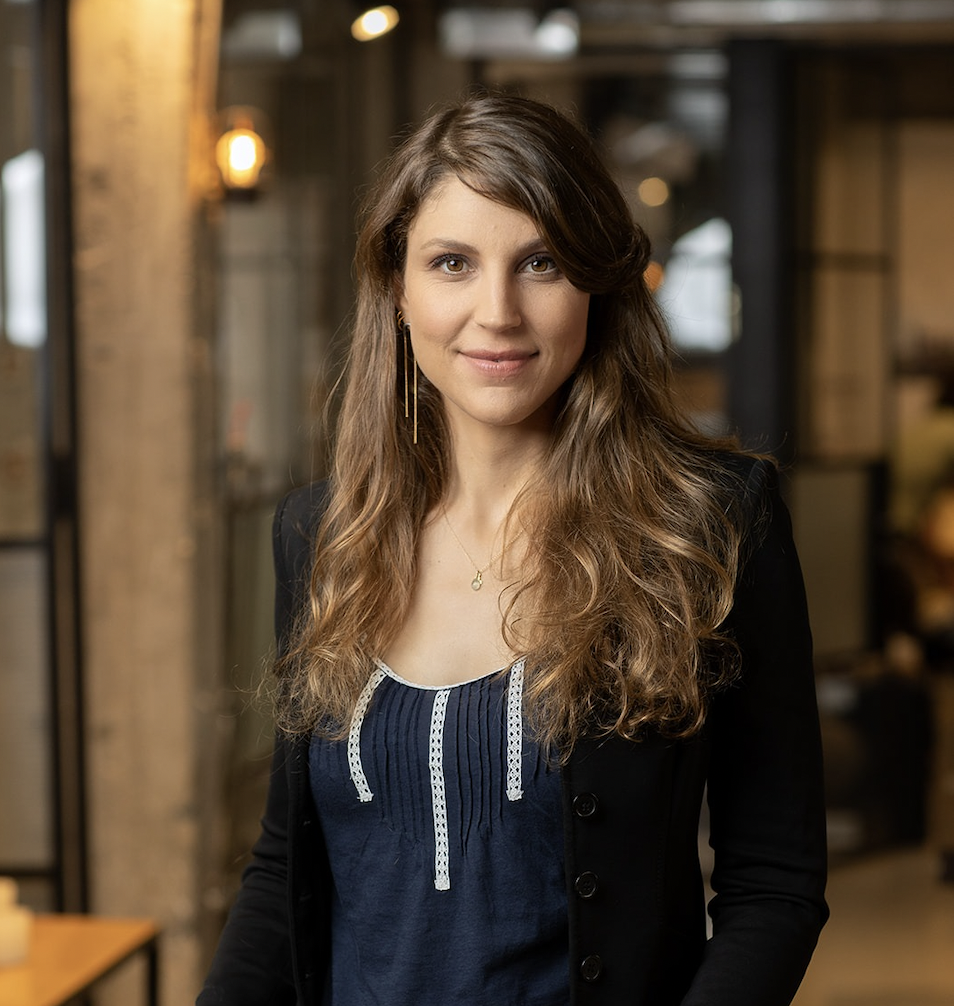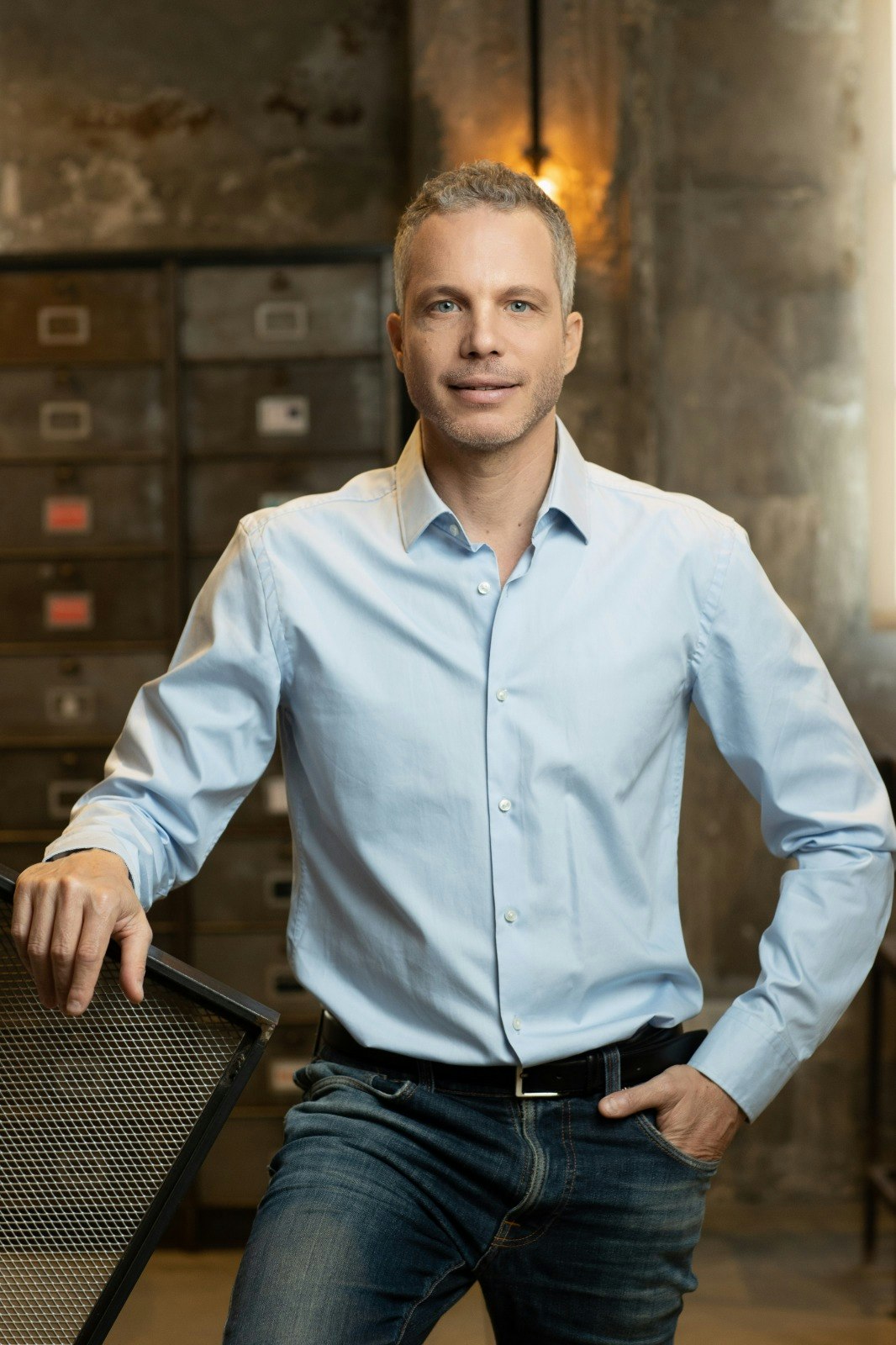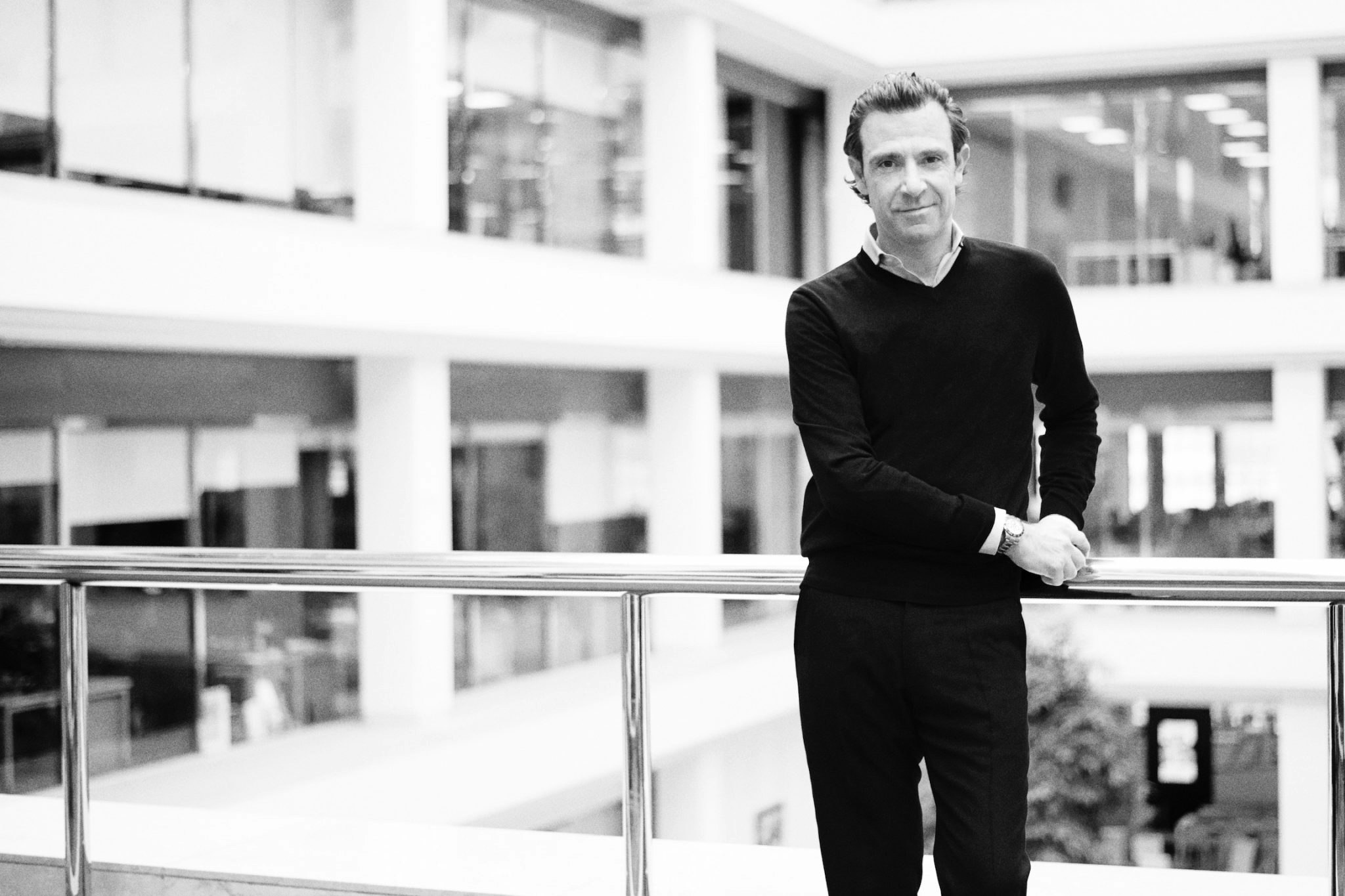Whether it’s an energy company looking to reduce its carbon emissions, a manufacturing giant looking to optimise its operations or a bank seeking to expand its service offering, open innovation is a proven way to achieve ambitious goals, fast.
Open innovation is based on the idea that, in a world of distributed knowledge, companies can’t afford to rely solely on their internal research and development. Instead, they should open up, source solutions and collaborate with outside innovators, like startups.
However, it can be difficult to get the whole business on board.
“Most corporations and organisations today understand the value and even the urgency of open innovation,” says Roni Kenet Harmelin, chief business officer and chief of staff of open innovation company SOSA. “But many of them are still finding it very hard to carry out an innovation process that brings measurable business results.”

Harmelin says one of the main roadblocks is internal cultural barriers, like when an internal stakeholder isn’t thrilled with a new, disruptive idea or change to the business. But there are proven methodologies that can help overcome this challenge.
Here are some tips on how to charm the rest of the company into buying your innovation ideas.
What to do when you hit a “no” wall
Uzi Scheffer, SOSA’s CEO, says one of the common reasons why innovative ideas often meet opposition is because people are reluctant to change, intimidated by what such change can mean for their job or just too busy with their day to day.
“People don’t like change and the bigger the organisation is, the more difficult it is to implement changes and new ideas. Innovation means change by definition,” he says. “The result of such change can be incredible for the organisation, for the industry, for the planet and for society, but it can also mean a change to the HR structure — some jobs may be cut, while many others may be created.”
People don’t like change and the bigger the organisation is, the more difficult it is to implement changes and new ideas. Innovation means change by definition.
He adds that for people to get out of their comfort zone, getting them involved from the start is key: “A real incentive is needed, but even more so — they need to be involved in the process from the first steps. This is the only way to have the right stakeholders from the organizations on board to support the implementation of disruptive innovation.”

To tackle this, Scheffer says SOSA believes in starting with setting up processes with a special emphasis on how and when the organisations’ innovation team interacts with the business units.
“The right engagement with the business units is key for a successful open innovation project,” he says. “First, we make sure to have the business teams around the table from the beginning of the process, which is when we define the strategy, the opportunity and the type of technology that we will be looking to implement.”
“Second, we make sure that tangible business outcomes are defined as goals for the project. This process ensures high engagement, a sense of ownership and responsibility and most importantly it helps to overcome the potential objections.”
How to present your ideas
So, you’ve come up with the innovative solutions you want to push forward internally — now how do you share them in a way they’ll be best received?
For Scheffer, the best way to present innovative solutions is with a very focused overview of how they can help a business meet its key business objectives (KPIs). The more specific you can be in terms of case studies and examples of specific solutions, the better.
“We get a business unit’s management or a company’s top-level management around the table,” he says. “The research that we present together with the innovation teams is very practical, so we are able to demonstrate the business impact that such solutions present.”
Sheffer adds that this has been made easier in the pandemic, as the table can now be virtual and wider.
He mentions SOSA’s client Swiss Re, a reinsurance company, as an example.
“What we did with Swiss Re is take eight use cases, led by eight business units, and solve them in a one-week intensive bootcamp involving dozens of the company’s executives,” he says.
“The reason why it's so important to insist on creating tangible business impact through innovation is that it’s contagious,” he says. “Once a success is proven with one business unit, all of a sudden, everybody wants in and the other business units want to do it as well.”
Once a success is proven with one business unit, all of a sudden, everybody wants in and the other business units want to do it as well.
When to involve various business roles in the decision-making process
Harmelin says it’s “almost a requirement” for SOSA’s clients to involve representatives from their business units as early as possible, as they’re the ones who will likely be responsible for adopting the new technology.
“If the business units are engaged in the process from the first step, you know that you’re trying to solve something that’s meaningful for them and the engagement will be there," says Scheffer.
French energy company Schneider Electric has been working with SOSA to find external startups to help with their sustainability and digitisation goals.
If the business units are engaged in the process from the first step, you know that you’re trying to solve something that’s meaningful for them and the engagement will be there.
“They’ve really helped us find new startups, early stage and more mature,” says Mariette Oudin, EMEA business incubation leader of Schneider Electric Ventures. “What’s important to us is to really disrupt and design the future so that we are getting more and more digital and more and more sustainable.”
Oudin says SOSA helped her innovation teams engage with the right people, in order to educate them.
“We have some challenges internally in Schneider that we asked their input for ideas,” she says. “They helped us connect with the right people in the business and made our people aware of what it is to work with a startup, and more particularly what it is to work with a really early stage startup.”
One startup Schneider has been working with as a result is BionicHIVE, says Oudin, which develops autonomous robotic fleets for warehouses. Together, she says, they are retrofitting Schneider’s warehouses.
Join a corporate accelerator programme
Harmelin says that every year SOSA identifies over 2k technologies from around the world, enabling more than 400 business engagements between corporations and tech startups, leading to dozens of implementations and strategic investments.
One way of getting involved is joining SOSA’s corporate accelerator programme, which counts Schneider Electric as alumni. It takes six startups over six months to solve the most acute challenges in your industry.
Harmelin says this is an opportunity for corporations to accelerate their open innovation processes, and achieve real results — fast.
Struggling to get the company to buy into open innovation? Join SOSA’s corporate innovation programmes here.



